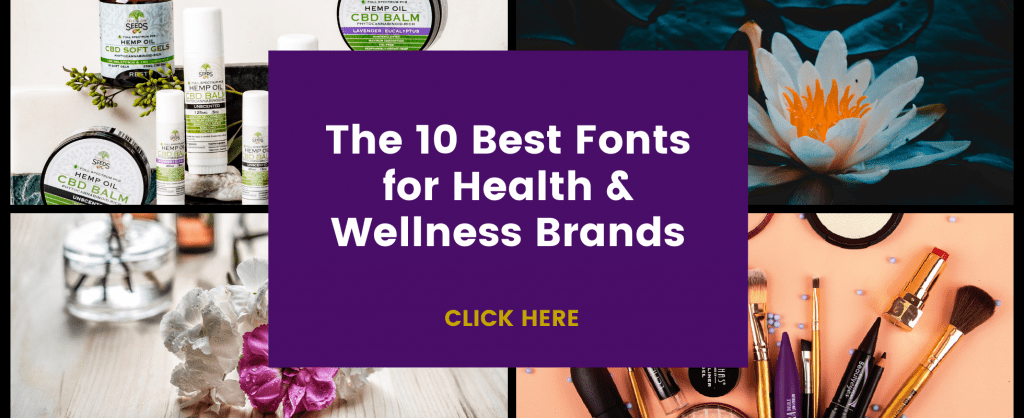How to Start a Skincare Line

The global skincare industry is projected to reach $200.25 billion by 2026. But anybody who has watched enough Shark Tank would know that you should never estimate your business’s success rate based on the size of the industry you are working in!
So, what does it take to start a skincare line then? What should you focus on if not the industry’s monetary appeal? Where should you begin? In this article, we will be addressing all these questions and more.
Get Your Skin in the Game (i.e. Get Involved in the Industry)
Starting a skincare line can be daunting, but if you are determined to make it happen, the best thing you can do is to get educated. The more you know about skin and skincare products in general, the better your chances of success.
Research everything about skincare. Before you spend any money on tools or ingredients, learn everything there is to know about skincare by reading books and magazines and watching videos online. This can make it significantly easier for you to create products that will work for different skin types and needs.
You must also spend time learning about the already established and successful companies in the skincare industry. Find out which ones are selling the best and why they are selling so well.
Is there something in their formulas? Take a look at what ingredients the most popular use and how they attract customers by using these ingredients.
Is the magic in their marketing campaigns? Study their marketing techniques and see how they are making a place for themselves in a crowded space. Learn from their successes and mistakes so that you do not make the same mistakes when starting your own skincare line.
Case in point: When Jessica Alba launched her brand The Honest Company, everybody was able to get behind her undertaking because everything from the ingredient list to the skincare packaging had been well-thought-out.
Alba knew the skincare game inside out and it showed in her products. So, it comes as no surprise that the brand is currently running at a gross profit of $29.8 million.
Decide What Skincare Products You Want to Create
You can’t just put any product out there and expect it to sell. The products you create for your skincare line will have to be both effective and unique.
Ideally, you should be creating products that solve problems. You need to make sure that the problem is big enough to support your company and product line.
There may or may not be other competitors in the market trying to solve the same problem, but don’t worry about them initially because you can work on creating a unique value proposition for your brand later on. At this stage, you just want to make sure that there is a need for a product in the market.
Ask yourself: do people want your product? Unless there is a demand for your skincare or cosmetics product, it will not sell well in the market. And the best way to find out if people want your product is by conducting surveys, speaking to potential customers, and doing some market research.
The internet is a great place to start this research as it gives you access to millions of potential customers at an affordable cost. Besides, you will need all the demand statistics on your potential brand to create a good business plan, which will be a mandatory document if you are looking to secure funding for your venture.
Choose Your Segment
Next, define who your target audience is – whether it is a specific group of people or a certain demographic. Not only will this help you determine what your brand identity will be, but it will also guide your product development process.
There are two main segments in this industry: luxury and drugstore.
Luxury brands are usually sold in galleries and high-end boutiques. They are products with a higher price tag, and their ingredients are carefully selected for their effectiveness, safety, and authenticity. Chanel, Lancôme, Clarins, Dior, Estee Lauder are all examples of luxury brands.
Drugstore products, on the other hand, are more for the everyday consumer looking for something that’s affordable and easy to use. Their prices tend to be lower than luxury brands and their ingredients aren’t always as sophisticated or natural as the ones found in high-end.
When you know your segment, it becomes easier to decide what kind of ingredients you should be incorporating into your products and where you should be cutting costs to maintain profitability. Even if you are selling online or in small shops and farmers markets for now, you need to think about how you want your brand to be perceived over the long-term.
If a skincare label is designed to look affordable, you aren’t going to be able to charge high prices for that product — so consider what you plan on charging, or what you need to charge in order to make a profit. From there, you can establish if your branding and packaging should look like a luxury brand, a drugstore brand, or something in the middle.
Having said that, no matter what your target market is, you need to ensure that your products can stand out from the competition. Every aspect of the product – from the ingredients list to the skincare packaging design – must be carefully thought out, because buyers are more conscious than ever of who they put their money behind.
Identify Your Hero Product
It is easy to see the appeal of starting a skincare line. You formulate a product you think people will want to buy, and voilà, you are on your way to becoming a self-made millionaire.
While this may be true for some, what realistically works is identifying your hero product. This is the product that will help you stand out because it solves an unmet need. Think of it as your golden ticket – the one thing that will help you get into the chocolate factory.
For instance, creating a product with a unique ingredient or formulation (which has special abilities that other products don’t) can give you an advantage over your competition in most cases.
Your hero product doesn’t have to be the first one you develop – it could be the second or third or even fourth. But make sure you spend enough time developing it so that it is the keystone for your entire brand. After all, if your hero product isn’t really that great, then why should anyone buy anything else from you?
In addition, before you start a skincare line, you must also decide how you want it to be categorized. Do you want to specialize in one type of product, such as facial cleansers or body lotions, or do you want to create better versions of various existing products?
Tatcha is a great example of this. Founded in 2009, the Japanese brand decided to sell skin care products that were inspired by a Geisha’s ritual – something so unique that it had never been done before in the market.
And while Tatcha has multiple bestsellers, their moisturizer a.k.a. The Dewy Skin Cream, continues to be their hero product and outsells others even after all these years.
Get Familiar with the Legalities
When you are about to put your time and money into a skincare brand, there is a lot to think about – not least of which are business expenses and taxes.
Starting a skincare line from scratch is challenging enough, but starting one in compliance with all the regulations that govern the industry is even more difficult. You want to ensure that you are not infringing on anyone else’s intellectual property or creating a brand that will lead to trademark infringement.
Take the time to read up on the Food, Drug and Cosmetic (FD&C) Act, which regulates personal care products in the U.S. to make sure you don’t run afoul of any laws or regulations as you start your business. This act primarily covers what ingredients can be used in skincare and cosmetic products among other things.
Familiarizing yourself with its provisions will not only allow you to acquire information on cosmetics’ labeling requirements and prohibited ingredients, but it will also inform you about good manufacturing practices.
Once you are good on the legalities, you can begin your hunt for a manufacturer who will help you kick your brand off the ground.
Start Branding as Early as Possible
One of the most important decisions you will make when launching your skincare line is branding it. That includes picking a brand name and determining how you want your end product to be packaged.
Details like your name, logo, color scheme, and packaging material can all go into building a brand identity. You don’t necessarily have to have an overarching philosophy or design concept right away, but whatever you develop should align with your values and vision for the brand right from the start.
This is because you want your customers to have a coherent image of your brand from the get-go. Only then will they invest in you.
Now, we know it can be a bit daunting to do all that by yourself. That’s where we come into the picture!
At Aventive Studio, we are committed to creating brands that inspire. We have worked with countless skincare, cosmetics, and wellness brands and helped them stand out from the competition. Whether you need help with designing your packaging or branding, we can do it all.
Reach out to us and one of our skincare branding experts will get in touch with you to discuss your needs.







